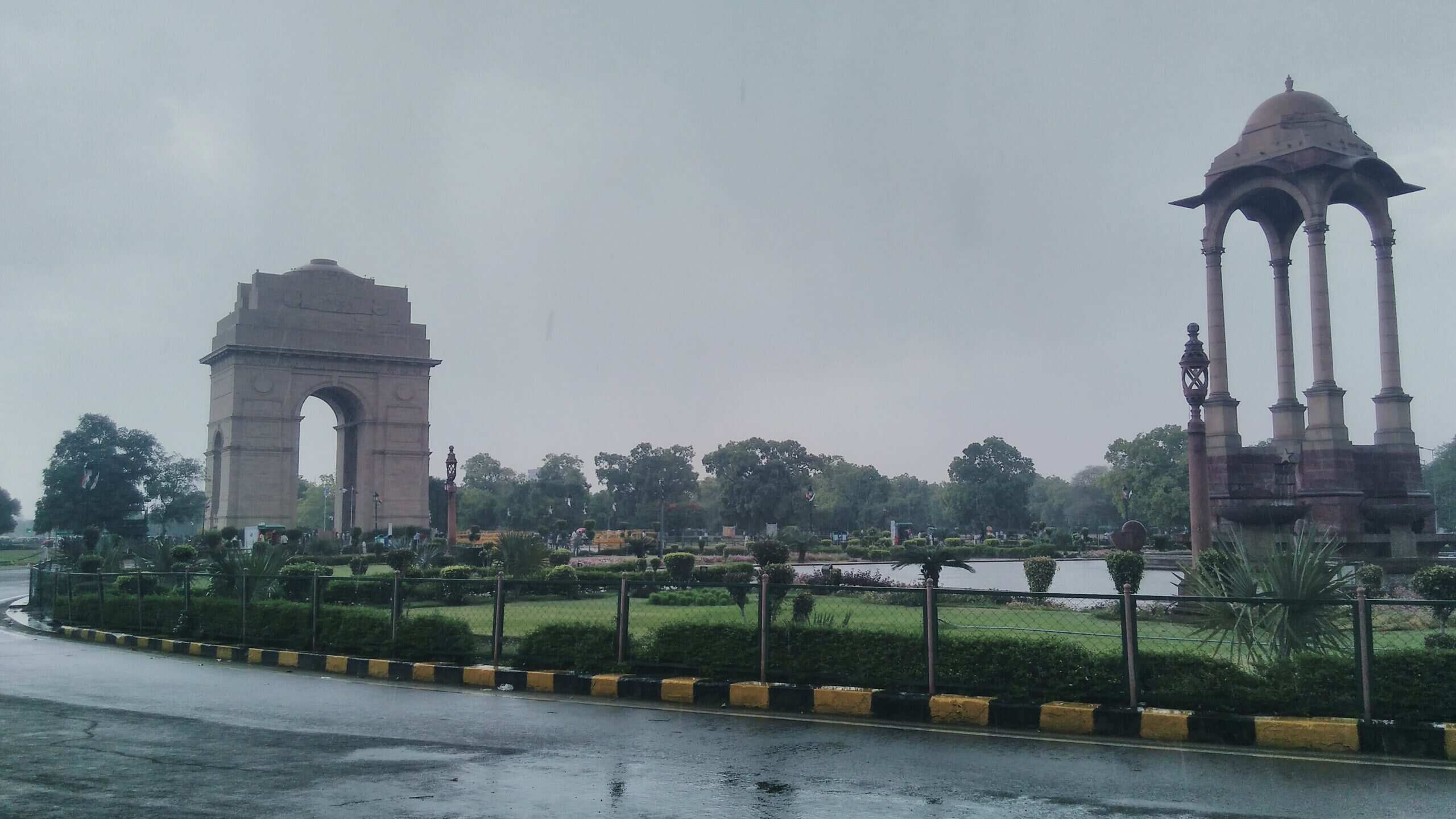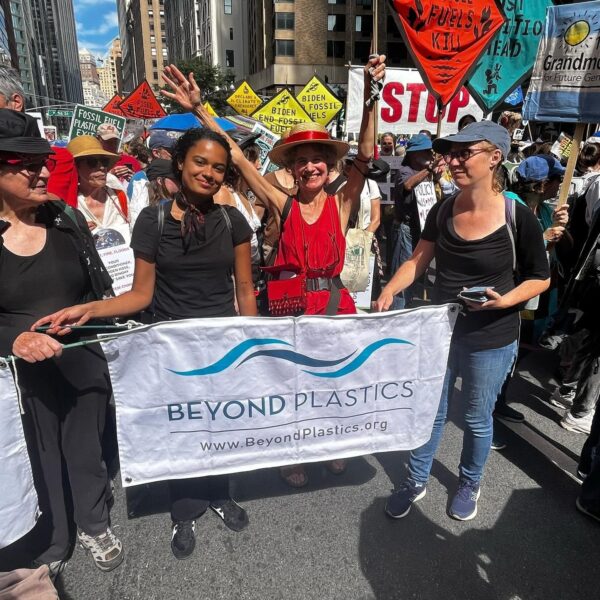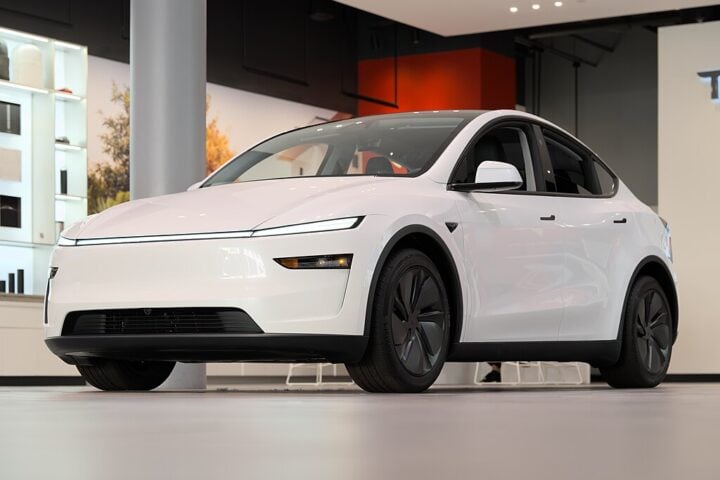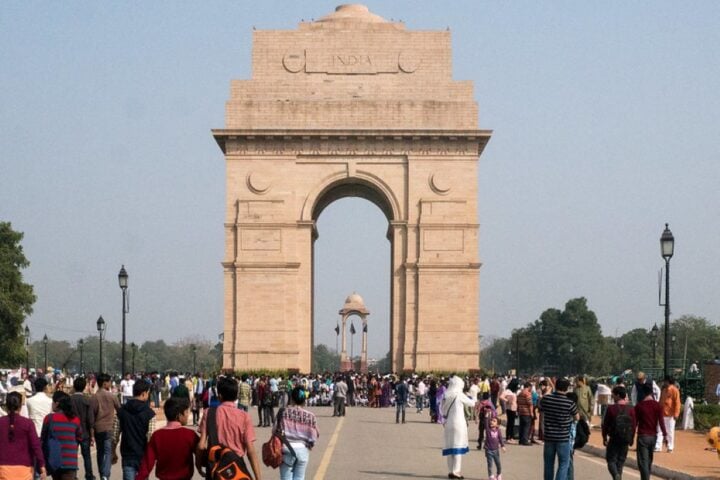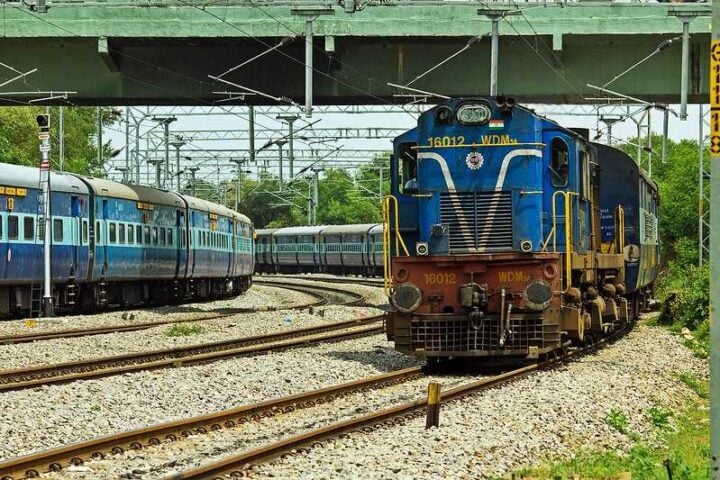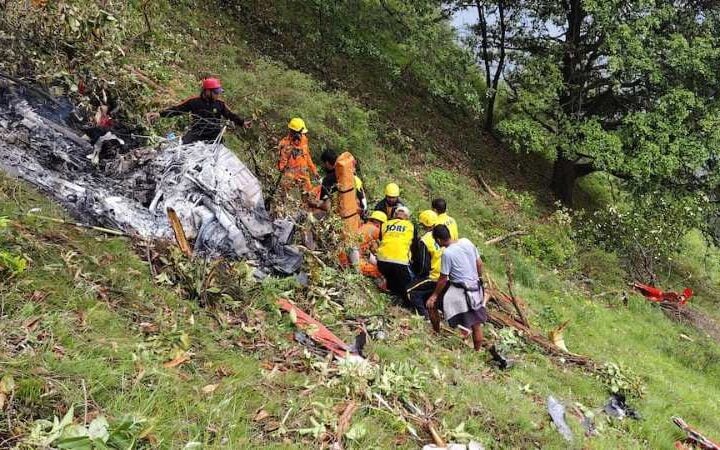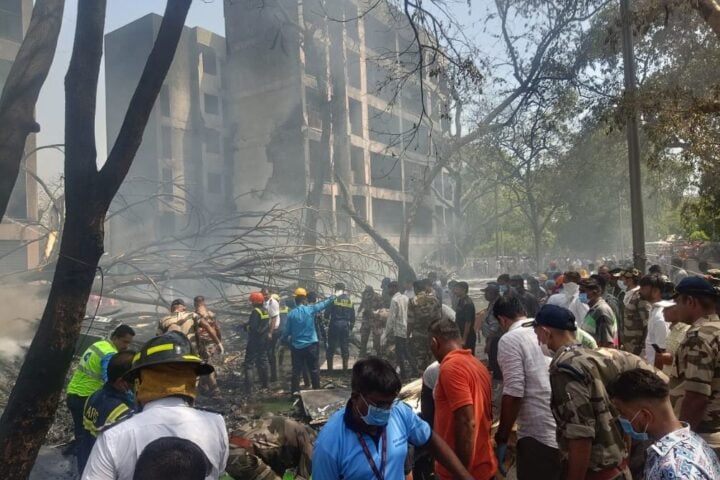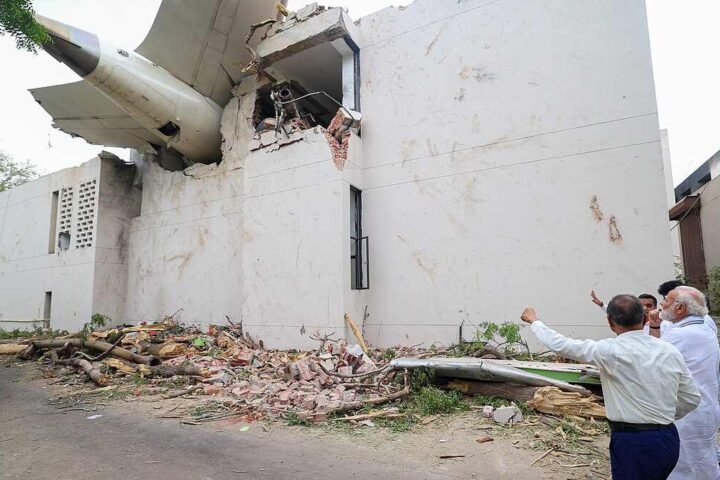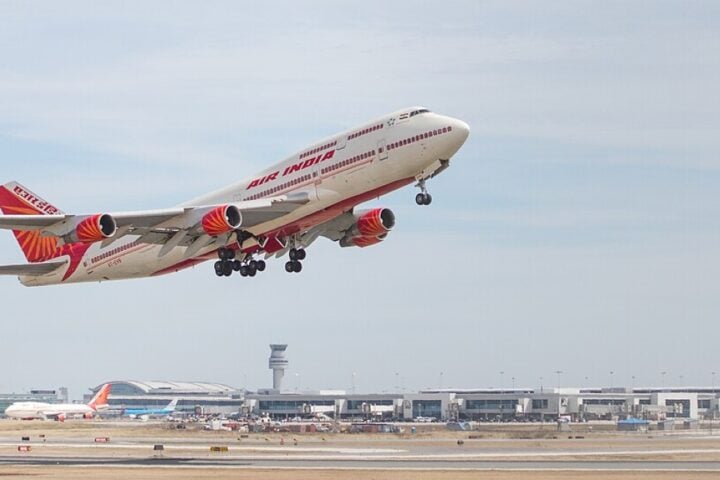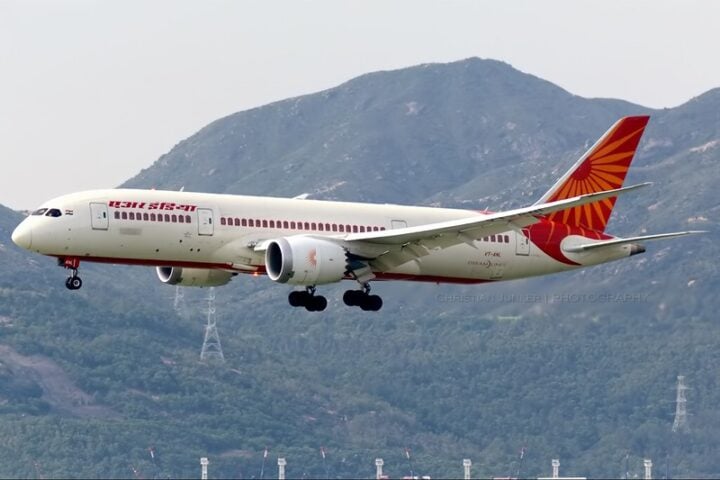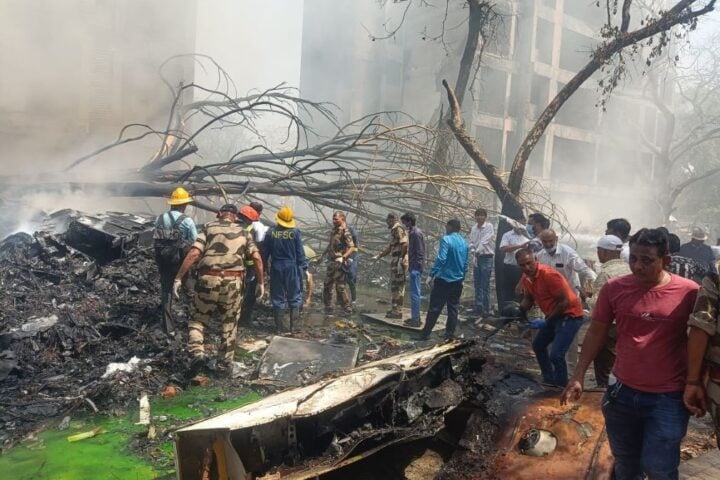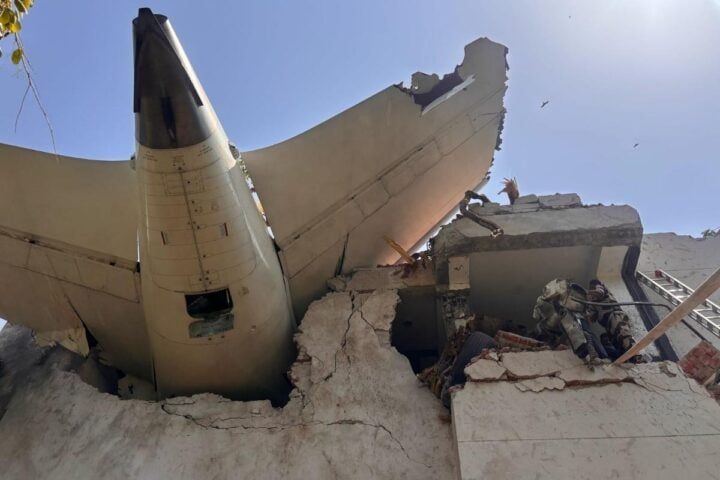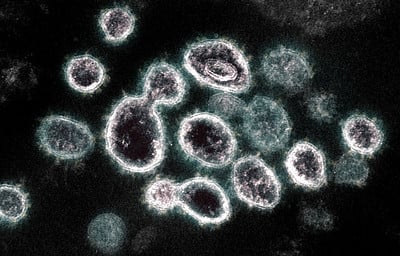Delhi’s AQI graph took a downward turn on Friday morning after the rain showers improved the city’s air quality to the ‘Moderate’ category. With an average AQI of 150 and above, Delhi and NCR have finally found some relief after a week of breathing ‘Severe’ and ‘Poor’ categories of air. However, the city is still under Stage IV of the GRAP. The residents have been advised to stay indoors. The schools are shut, masks are on, construction activities are halted, and anti-smog guns ply the roads. This article will evaluate the implementation and outcomes of the measures undertaken by the Centre and state governments to halt the worsening air quality in Delhi. There are several other measures in the pipeline, including cloud-seeding, that this article will discuss in brief.
With the PM 2.5 concentration level pegged at 15 to 16 times higher than the WHO recommended limit, the city’s air pollution on Thursday remained in the ‘Severe’ category of Air Quality Index (AQI). The long-term exposure to particulate matter (PM) and other pollutants can cause stroke, lung cancer, bronchitis, and trachea. The thick layer of toxic gases can worsen Yamuna’s water pollution (extensive layer of foam) as it blocks the sunlight and leads to acid rain.
Sources of Air Pollution
According to the Decision Support System (DSS) for Air Quality Management in Delhi, biomass burning in neighboring states was responsible for nearly 40% of air pollution in Delhi on Wednesday, November 7. DSS data also sheds light on the domestic sources of air pollution, where the transportation sector leads the way at 10%. Construction, industrial activity, and waste burning are other major sources of air pollution in the city.
Mitigation Measures
The Centre and Delhi government have implemented and proposed several immediate measures to curb the rising pollution level in the city. The ad-hoc tools and strategies have been put in place, and many others are being mulled by the authorities. Their outcomes are not absolutely clear yet; however, the performance of the same measures in the past can give us a better idea of their effectiveness and utility in the present time.
Traffic Control: In a hearing on the air pollution crisis, the Supreme Court called the odd-even scheme an “optic”. The Delhi government, after announcing its re-launch from November 13, has deferred the implementation of its car rationing policy in the wake of improved air quality due to the Friday showers. In a press briefing, Environment Minister Gopal Rai said, “odd-even plan…is now postponed and the government will review the situation after Diwali”. The scheme was launched in 2016 and has only been implemented once since then.
Cloud Seeding: Delhi government has roped in experts from IIT Kanpur to induce artificial rain in Delhi by seeding clouds with artificial nuclei. This is a weather modification technique that enhances the rate of condensation in clouds by injecting in them silver or potassium iodide, which acts as nuclei. Artificial raindrops can absorb and wash out the particulate matter and other pollutants from the atmosphere, clearing smog and allowing sunrays. According to the initial plan, once IIT Kanpur submits the final proposal, the government will move to seek the apex court’s approval for the execution of the plan. However, following the improvement in the city’s air quality, cloud seeding has taken a backseat.
Halt on construction, classes, and cabs: The Commission for Air Quality Management has notified Stage IV of the Graded Response Action Plan or GRAP. Under the Plan, the construction and demolition activities in linear public projects have stopped. The classes for students of grades VI to IX and class XI are now held online, and the government is mulling restrictions on private app-based cabs, cabs with non-Delhi registration plates, and heavy trucks carrying non-essential goods into Delhi.
These ad-hoc measures often find the administration off guard and unprepared to implement them effectively. The long-term policy plans and projects become important in providing certainty to administrative actions and preventing pollution. Therefore, a sustainable solution to the structural environmental problems can only be found in a long-term vision led by government and civil society.
For instance, biomass burning, which is the biggest source of air pollution in Delhi during winters, cannot be stopped overnight. Structural problems require structural remedies, such as sustainable decomposition of biomass and a shift in agricultural pattern and behavior. Similarly, the transportation sector is bracing for a shift from fossil-fuel-based cars and bikes to electric vehicles (EVs), which can help Delhi curb pollution from its largest domestic source. Further, replacing diesel and petrol with green fuels can substantially bring down NO2 and SO2 levels in the atmosphere.
Outcome Analysis of Ad-hoc Measures
The impact of the temporary actions to combat air pollution in Delhi is though short-lived can prove to be extremely helpful for the residents of the city. However, by their very nature, the ad-hoc measures are hard to measure for their success and failures.
Despite skepticism about its effectiveness, the odd-even car rationing policy has some merit. A report by the Energy Policy Institute at the University of Chicago and the Evidence for Policy Design in 2016, titled ‘Clearing the Air on Delhi’s Odd-Even Program’, concluded that the odd-even rule reduced air pollution by 14% to 16% during its run in January. There are still concerns that the scheme is a political gimmick to assuage constituencies of poor voters who don’t own four-wheelers, even as the two-wheelers remain more polluting than cars.
Following the relief in air quality, the government is mulling its proposal to impose a ban on app-based private cabs. In a letter to Delhi Lieutenant Governor VK Saxena, Uber expressed concerns regarding the futility of a blanket ban on private cab service, arguing that its fleet of cars is 100% CNG based. The move will also impact the livelihood of thousands of Uber employees adversely. Further, just as in the case of the odd-even scheme, the critics point out that the transportation sector is only the second largest source of air pollution. Biomass burning is the first.
However, this argument fails to capture the whole picture. Despite the fact that biomass burning forms the biggest source, the government of Delhi has very little control over what goes on in the neighboring states. Therefore, the government is trying to curb pollution from other sources that are under its direct control.
Moreover, the governments at both the level, Centre and UT, need to show more accountability. Exchanging blames, blocking decisions, and chasing political gains will not help in combatting the danger in our face. It also falls on us, the residents of Delhi and NCR, to reflect and reconsider our consumption and traveling choices. We all must make a concerted effort to shift to a greener and cleaner future.
